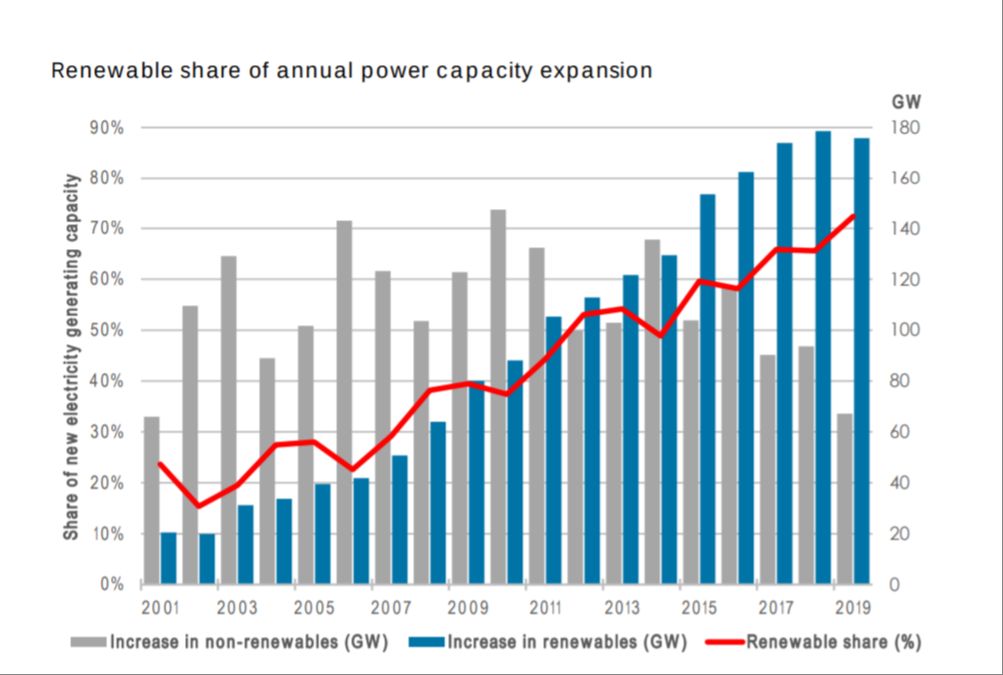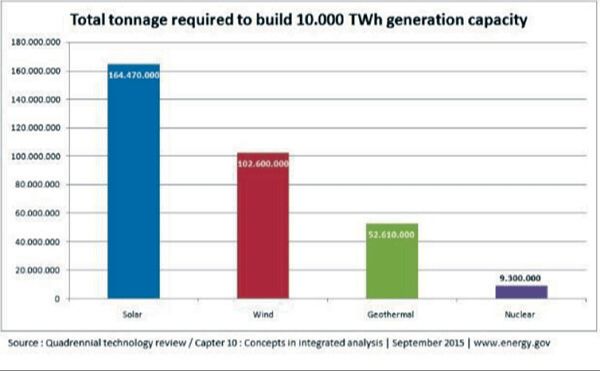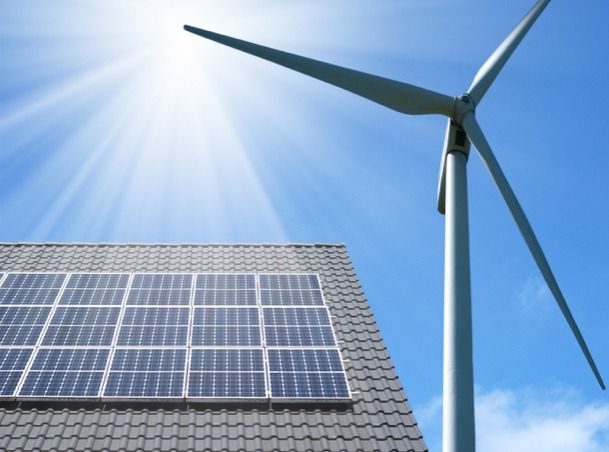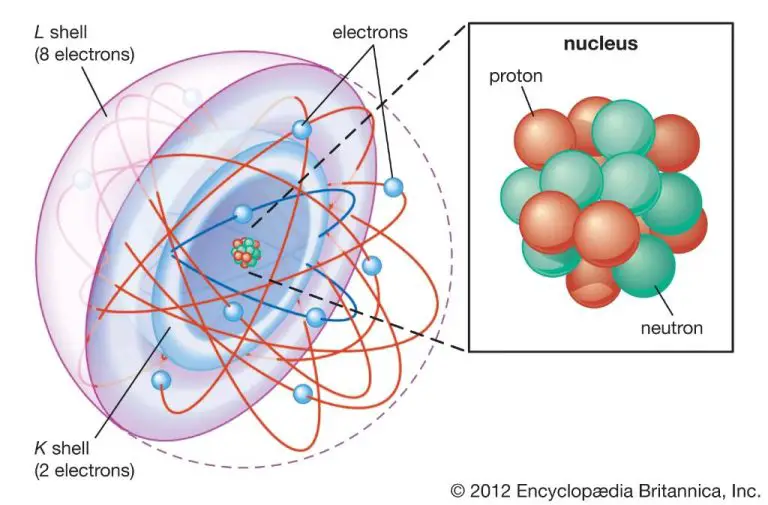Will Renewable Energy Take Over Fossil Fuels?

Renewable energy sources like solar, wind, hydroelectric, geothermal and biomass provide an alternative to fossil fuels like coal, oil and natural gas. Fossil fuels currently make up around 80% of global energy consumption, while modern renewables account for around 11% (IEA). However, renewables have seen rapid growth recently. From 2010 to 2020, renewable energy consumption worldwide grew at an average annual rate of over 5%, compared to less than 2% for fossil fuels (Statista). Projections indicate renewables will continue to be the fastest growing energy source, potentially reaching over 50% of electricity generation by 2050 in some scenarios (C2ES). This raises the question – can renewable energy eventually overtake fossil fuels to become the dominant global energy source?
Cost Trends
Renewable energy costs have declined rapidly in recent years and are now cost competitive with fossil fuels in many markets. According to Our World in Data, the levelized cost of utility-scale solar PV fell nearly 90% between 2009 and 2020. The levelized cost for onshore wind declined around 70% during the same period. Fossil fuel power generation costs remained relatively flat. The levelized cost of natural gas combined cycle and coal power plants in 2020 were similar to their 2009 costs.
Cost projections indicate renewables will continue getting cheaper while fossil fuels remain flat or increase slightly. Analysis by Energy Innovation suggests the unsubsidized levelized cost of onshore wind and utility-scale solar will decline another 40-60% by 2040. Fossil fuel generation costs are projected to increase over the same period due to factors like rising fuel costs and need for carbon capture and storage.
Renewables reaching grid parity versus fossil fuel power generation has enabled accelerated adoption. Places with high-priced retail electricity like California and Hawaii saw solar reach grid parity over a decade ago. As renewable costs continue to fall, grid parity is spreading worldwide, creating opportunity for fossil fuel replacement.
Technology Improvements
There have been major innovations and improvements in renewable energy technologies in recent years that have helped drive down costs and improve performance. In solar power, efficiencies of solar panels have increased while costs have declined dramatically. Per ww.weforum.org, lab solar cell efficiencies have reached over 47%, while commercial panel efficiencies now exceed 20%. Wind turbines have also become much more efficient, with some now able to capture over 50% of the kinetic energy in wind.
In energy storage, which is critical to enable the integration of renewables onto the grid, there have been advances like lithium-ion batteries and pumped hydro storage. Emerging battery chemistries and technologies like flow batteries may offer greater capacity and duration. According to enerdatics.com, continued innovation and R&D is expected to further drive down renewable costs and improve capacity factors in the future.
Policy Support
Governments around the world have implemented policies to accelerate the transition to renewable energy. According to the International Energy Agency, renewable electricity is subject to policy support and national targets in the majority of countries globally.
Some key policy tools include government targets and mandates, subsidies and incentives, and carbon pricing and regulations. Many countries have set ambitious renewable energy targets. For example, the European Union aims for renewables to provide 32% of final energy consumption by 2030, while India targets 175 gigawatts of renewable energy capacity by 2022 as part of its climate pledge.
Governments also use subsidies, tax credits, feed-in tariffs, renewable portfolio standards and other incentives to spur investments in renewables. Carbon pricing through emissions trading systems and carbon taxes make fossil fuels more expensive relative to zero-emission renewable energy. Stricter regulations on air pollution and carbon emissions accelerate the transition away from fossil fuels.
Investments
The 2024 clean energy investment outlook reflects continued growth and optimism in renewable energy. According to Deloitte, over $750 billion was invested globally in clean energy in 2022. The majority went to solar and wind projects, which attracted $365 billion and $162 billion respectively. Deloitte forecasts that total investment could reach $1.28 trillion by 2025 if supportive policies continue.[1]
Project financing set new records in 2022, with over $450 billion raised, enabling 182GW of new renewable energy capacity. Corporate power purchase agreements also jumped over 25% to 50GW. Many utilities are now racing to expand renewables – American Electric Power aims to cut emissions 80% by 2030. Overall, renewables are now beating out fossil fuels on new power plant investments.[1]
With technology improvements and growing ESG commitments from companies worldwide, the outlook for renewable energy investments remains very strong. Corporations and utilities are set to play a major role in financing this global energy transition.
[1] https://www2.deloitte.com/us/en/insights/industry/renewable-energy/renewable-energy-industry-outlook.html
Transition Challenges
The transition from fossil fuels to renewable energy faces several key challenges that must be addressed. Three major transition challenges involve grid integration, workforce retraining, and stranded assets.
Integrating large amounts of variable renewable energy such as wind and solar will require major investments in transmission infrastructure, grid flexibility, and storage solutions. According to a report from the IMF, “rapidly scaling up wind and solar power will strain power systems as more variable renewable energy leads to voltage fluctuations, frequency deviations, and uncertainty in matching supply and demand” (IMF). Upgrading and expanding transmission lines is essential to transport renewable power from source to demand centers.
Retraining the fossil fuel workforce will also pose challenges. As countries transition away from coal, oil, and gas, many skilled workers in these industries will need assistance transitioning to clean energy jobs. Governments must invest in workforce development programs to help displaced workers gain skills and employment in solar, wind, geothermal, storage, and other emerging sectors.
Finally, trillions of dollars invested in fossil fuel infrastructure could become stranded assets in a renewable transition. Assets like pipelines, refineries, and coal plants may see declining utilization and revenues. According to the Wilson Center, managing these legacy assets and potentially compensating asset owners will be a difficult political challenge (Wilson Center).
Addressing grid, workforce, and stranded asset challenges will be critical to ensure a just, equitable, and politically sustainable global energy transition.
Disruptive Potential
Decentralized and democratized energy systems are emerging as a disruptive force in the transition to renewable energy. Blockchain-enabled peer-to-peer trading allows consumers to buy and sell renewable energy directly with each other, reducing reliance on utilities and centralized grids [1]. This decentralization shifts control away from traditional centralized models and empowers consumers.
Developing countries also have the potential to leapfrog over fossil fuel dependence and adopt renewable energy infrastructure directly. The falling costs of wind, solar and energy storage solutions allow developing regions to avoid expensive centralized grids. Mobile money and pay-as-you-go solutions further enable decentralized renewable energy adoption [2].
Other potentially disruptive technologies like green hydrogen, grid-scale energy storage and electric vehicles are rapidly improving. These innovations could accelerate the renewable transition by solving intermittency and transportation challenges.
Climate Change Impact
The transition to renewable energy is critical for reducing greenhouse gas emissions and limiting global warming. According to the UN, renewable energy could decarbonize 90% of the power sector by 2050, massively cutting carbon emissions and helping mitigate climate change (https://www.un.org/en/climatechange/raising-ambition/renewable-energy).
Studies by the International Renewable Energy Agency show that renewables and energy efficiency, supported by electrification, can provide over 90% of the necessary reductions in energy-related carbon emissions (https://www.irena.org/Digital-content/Digital-Story/2019/Apr/How-To-Transform-Energy-System-And-Reduce-Carbon-Emissions). Widespread adoption of renewables is essential to meet climate goals like limiting warming to 1.5 or 2 degrees Celsius.
Forecasts
Long-term forecasts from major energy agencies like the International Energy Agency (IEA), U.S. Energy Information Administration (EIA), and International Renewable Energy Agency (IRENA) project significant growth in renewable energy through 2050. The IEA’s Net Zero by 2050 scenario forecasts renewables meeting around 90% of electricity demand globally by 2050, with solar and wind providing 70%. The EIA predicts renewables will supply 44% of U.S. electricity by 2050.
Forecasts consider both bull and bear cases reflecting uncertainties like policy support, technology costs, and electricity demand growth. More ambitious scenarios like IEA’s Net Zero pathway require massive investments, favorable policies, and technological breakthroughs to achieve a net zero emissions goal by 2050. More conservative outlooks like EIA’s reference case assume current policies continue and adoption of renewables grows more gradually.
Regardless of the exact pace, most experts agree renewables will continue displacing fossil fuels. But the transition faces challenges balancing reliability and affordability while integrating higher shares of variable wind and solar onto grids. Strong policies, infrastructure investment, technological innovation, and market reforms will determine if renewables can realistically overtake fossil fuels to fully transform the global energy system.
Conclusion
Renewables are demonstrating an accelerated growth trajectory. If this persists, renewables could take over the majority of global electricity generation within the next decade. However, several uncertainties remain that could impact the pace and scale of renewable expansion. Key factors to watch include policy support, grid integration solutions, storage technology breakthroughs, and ongoing fossil fuel cost competitiveness.
While renewables appear poised for significant near-term growth, the world remains heavily dependent on fossil fuels – especially for transportation, industrial processes, home heating, and other end uses beyond electricity generation. Phasing out fossil fuel use across the global economy represents an enormous challenge that will likely take many decades to fully accomplish.
In summary, renewables have disruptive potential versus established fossil fuel incumbents. But the transition is still in its early stages. With supportive government policies, technology advances, and sufficient investment, renewables appear capable of transforming the global energy system. However, the timing and ultimate scale of this transformation involves considerable uncertainties.






